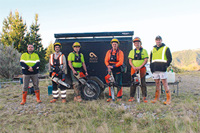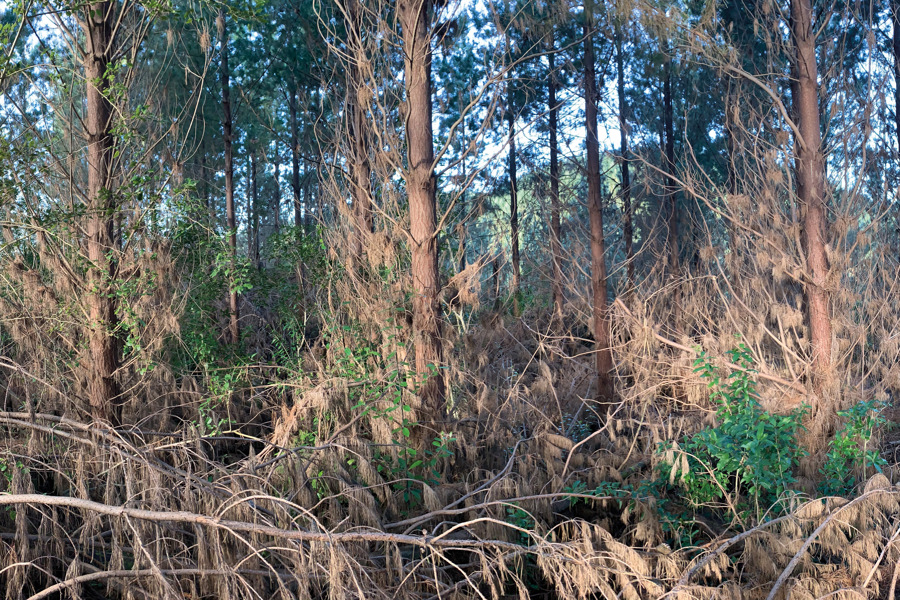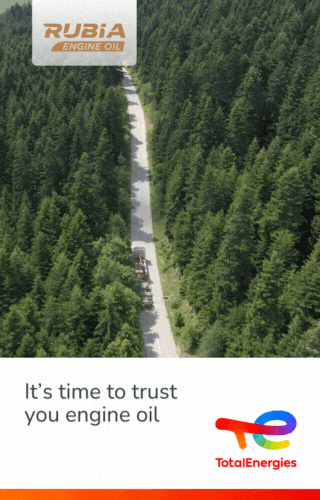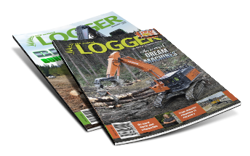
When William Grogan, Aratu Forests’ Manager – Tree Crop, first pitched the idea of an in-house thinning crew to senior management, the initial response was one of skepticism and fear. CEO, Neil Woods, and the board had a few questions;
Why do no other corporates do this?
How will we manage health and safety?
How will we maintain production tension?
Without more staff how will we fit all the admin in that the contractor currently does?
It was generally thought that rolling the clock back 40 years to the Forest Service days was a risky strategy. In essence this is exactly what Aratu Forests Limited (AFL) has done; by bringing the crew in-house, providing them with a salary, and a vehicle and equipment they have turned back the clock and taken the ‘old-school’ approach to operations in the forestry industry, but with modern-day systems, management approach and technology.
The Aratu thinning crew was established as a trial in November 2021 from staff within one of Aratu’s existing contract crews when the Principal decided to hang up his saw. After a six-month trial, the crew had surpassed all expectations, allayed senior management and the Board’s concerns, and was made permanent with approval to increase it from four to eight people. Adrian Whiting (crew foreman) and Mark Grayson took the brave leap to commence working for a corporate on a salary in November 2021 and were the first two members of the crew. They liked the arrangement so much that by February 2022 they had managed to recruit two more crew members, Willy Henderson and Mark Hunia.
Like many other forest owners, Aratu has stopped pruning in recent years and now runs an unpruned structural regime. This regime is simple and requires a thinning at ages 8-10 years reducing stocking from 1000sph to 500sph. Thinning is undertaken on around 1200 hectares per year in Aratu’s estate to ‘open the area up’ to sunlight so the dominant trees may continue to grow and put on volume, and trees that are smaller and of poorer form are removed to reduce competition.
“Timing of the thinning is very important. If the thinning is too early the crop runs the risk of producing large branches, decreasing the value of the final crop by reducing the volume of high quality small-branched saw logs. If the thinning is too late (average height >16m), the crop runs the risk...






